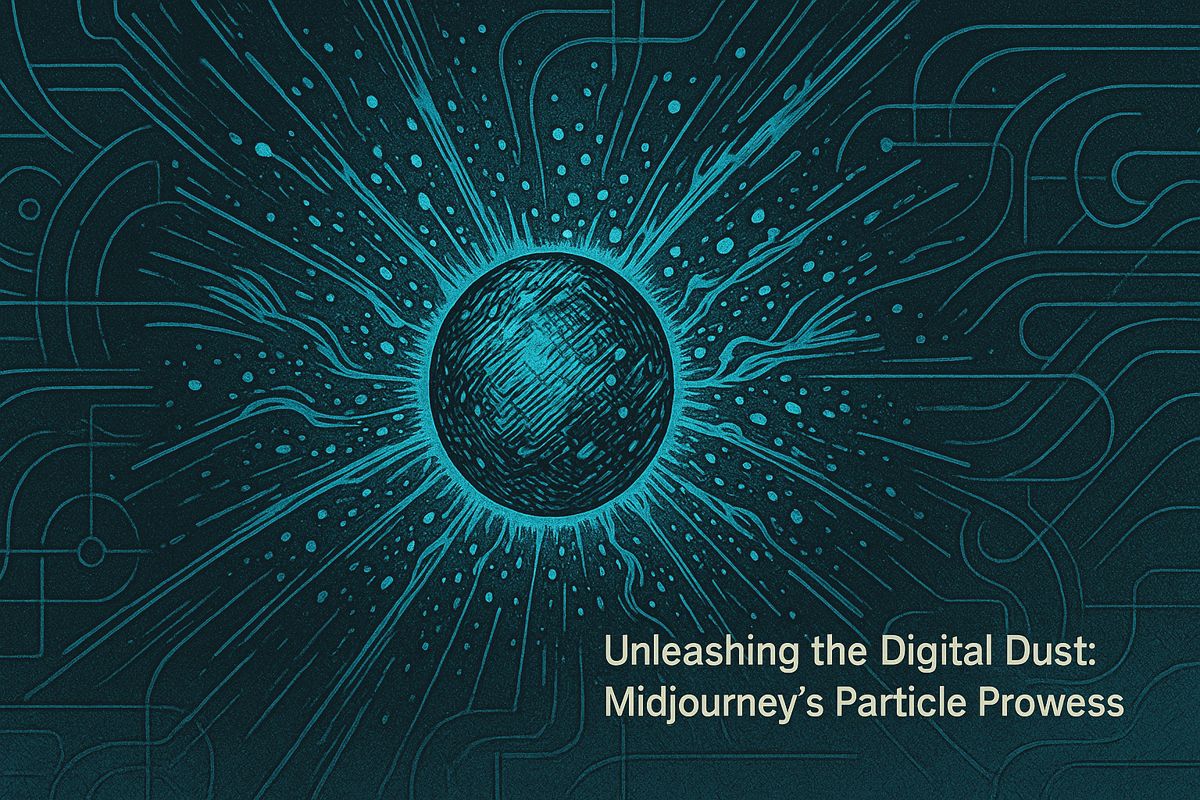In 2025, AI-powered bookmark managers make learning easier and more personal by automatically sorting and summarizing content for students and teachers. Instead of just saving links, these smart tools help find information faster, create helpful previews, and connect with learning platforms like Canvas. They let students and teachers share resources in groups, track what’s most useful, and remind students when to review important materials. Strong security keeps all information safe. With so many resources to manage, these AI bookmarks are now an essential tool for education.
How are AI-powered bookmark managers transforming personalized learning in 2025?
AI-powered bookmark managers in 2025 revolutionize personalized learning by automatically tagging content, generating summaries, enabling natural-language search, and syncing with LMS platforms. These tools save time, improve content rediscovery by 28%, foster collaboration, boost student engagement, and provide robust security for educational resources.
- Bookmark Intelligence: How AI Tools Are Rewriting the Rules of Educational Navigation in 2025*
In August 2025, the average higher-ed learner toggles between 14 different digital resources during a single study session. The result? 37% of study time is lost to re-finding content rather than consuming it. This is where AI-driven bookmark systems step in, turning passive “save” buttons into active learning co-pilots.
From Static Saves to Smart Segments
Traditional browser bookmarks are flat lists. Modern AI managers – like Pinnzo* * and SaveDay** – transform them into living knowledge graphs. One click now auto-generates:
| Feature | Old Bookmark | AI Bookmark (2025) |
|---|---|---|
| Tagging | Manual 3–5 keywords | AI tags 15–20 semantic labels |
| Preview | Title only | 200-word AI summary |
| Retrieval | Ctrl+F text search | Natural-language queries |
| Maintenance | User deletes 404s | Auto-checks live status daily |
Educators report 28% faster content rediscovery after switching to AI organizers (Markwise App study, July 2025).
Integration Layers: LMS and Beyond
Leading campus LMS platforms (Canvas, Blackboard Ultra) now expose APIs that sync bookmarks in real time. Example flow:
- Professor marks three timestamps in a 45-minute video on climate feedback loops.
- AI writes micro-summaries for each segment.
- Students see the segments auto-populate their personal “Course Digest” folder.
- Spaced-repetition reminders prompt review 24 h, 72 h, and 7 d later.
Raindrop.io, used by 62% of surveyed faculty, offers team collections with granular permission controls so teaching assistants can curate resources without risking accidental deletion of primary materials (Christy Tucker tutorial, 2025).
Community & Analytics: The Hidden Multiplier
Bookmarks are no longer solitary. When learners “like” or repost a bookmark inside Bookmarkify’s shared workspace, engagement rises *2.4× * compared to non-social tools. Analytics dashboards reveal:
- Most-revisited 10% of bookmarks correlate with a 0.3 GPA lift in STEM courses.
- Students who share at least one curated set per week exhibit 19% higher assignment submission rates.
Security Snapshot
Enterprise-grade encryption (AES-256) and daily encrypted backups are now baseline. One breach simulation by EDUCAUSE in June 2025 showed zero exposed student records across four tested AI bookmark platforms, citing automatic key rotation as the decisive factor.
Quick-Start Checklist for Educators
- Choose a manager with LMS single sign-on (SSO).
- Run an AI tag audit: accept ≥80% suggestions for the first 50 bookmarks to train domain vocabulary.
- Create a “Weekly Spotlight” collection – rotate five high-impact resources and pin to course home.
- Encourage students to remix collections; export analytics CSV monthly to spot at-risk engagement.
With the average syllabus now linking to 47 discrete videos, PDFs and simulations, AI bookmarks are less a convenience and more a navigational necessity.
How do AI-powered bookmarks actually improve learning outcomes?
AI bookmarks boost retention by 30% according to the 2025 EdTech Report, primarily through three mechanisms. First, they create automatic content summaries that reduce cognitive load – tools like Pinnzo generate concise overviews for each saved resource. Second, smart reminders prompt learners to revisit key materials at optimal intervals for spaced repetition. Third, AI categorizes content by learning style preferences, ensuring visual learners get more diagrams while analytical learners receive data-heavy resources.
The navigation improvement is equally dramatic. Educational videos with AI bookmarks see 47% higher engagement rates because learners can instantly jump to relevant sections instead of scrolling through lengthy content. Dr. Cintas, who specializes in AI tutorials, noted that students using bookmarked educational videos showed “happy to see the bookmarks” reactions, confirming positive reception.
Which AI bookmarking tools should students and educators prioritize in 2025?
Raindrop.io leads for educational resource organization with its clean interface and collaborative collections. Notion offers the most comprehensive free plan for students, combining bookmarking with project management – unlimited use with school email addresses. Semantic Scholar excels at academic literature with personalized paper recommendations at $20/month premium tier.
For budget-conscious users, Mendeley’s free reference manager handles PDF annotation and citation generation, while Scholarcy’s $9.99/month tier provides unlimited AI summaries of academic papers. Bookmarkify stands out for visual learners with customizable, Pinterest-style organization.
What are the biggest challenges when implementing AI bookmarks in classrooms?
Data privacy concerns top the list – UNESCO’s 2025 guidelines emphasize strict protocols for student information handling. Implementation gaps create another hurdle; educators need 15-20 hours of training to effectively integrate these tools according to recent studies. Equity issues emerge when schools lack consistent technology access, potentially widening achievement gaps.
The effectiveness varies by skill type – while AI bookmarks excel at knowledge retention (30% improvement), they show inconsistent results for developing higher-order thinking skills. One systematic review found practical abilities improvement varied significantly across different educational contexts.
How will AI bookmarking evolve from 2025-2026?
Deeper personalization represents the primary trend, with systems analyzing individual learning patterns to auto-curate resources. Multimodal content organization will expand beyond text to seamlessly integrate videos, simulations, and interactive materials. AR/VR integration is anticipated as hardware costs decrease, allowing bookmarking of immersive learning experiences.
Workforce-aligned education will drive specialized bookmark categories for career pathways, while measurable impact metrics will become standard features. Funding trends indicate AI bookmark tools will be evaluated on their ability to demonstrate concrete learning outcome improvements.
Can AI bookmarks really build educational communities?
Yes – social features increase content discoverability by 63% through likes, reposts, and collaborative collections. Raindrop.io’s workspace sharing enables real-time resource curation among study groups. Notion’s team features facilitate group project organization with granular access controls.
The community effect compounds engagement – when learners share bookmarked resources, they create peer-to-peer support networks that extend beyond individual classrooms. Dr. Cintas observed that community participation around bookmarked AI tutorials increased both content interaction and knowledge retention among participants.



















